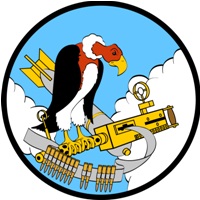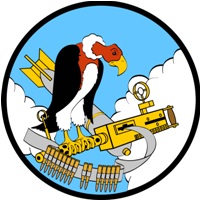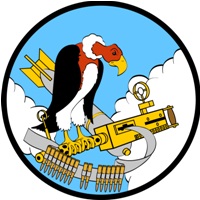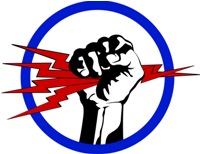War Life
The twentieth century was torn apart by three major wars that effected the lives of millions of people. Some historians will say that WWII was the most traumatic event of the century. This was certainly true of the period from 1933 to 1948. The WWII Generation was thrust into war at the time when the country was least prepared to fight with a standing army of only 110,000 men. The country was isolationist and wanted nothing to do with the war that was brewing in Europe. The huge Atlantic ocean that separated the new world from the old was soon to shrink, as thousands of bomber crews would deliver their own aircraft to the battle front over the ocean.
The enemies of peace were already planning to unleash the most brutal war of all time, and millions of lives would be wasted on the whim of the German military and its political leaders. A total war was necessary to bring this unchained evil to heel. It called on the youth of America, the high school and college students, to defend the country and defeat the enemy. These fuzzy cheeked kids were asked to save the world for humanity, which they were ill prepared to do. But no matter, the attack on Pearl Harbor on December 7, 1941 emptied the classrooms of young men anyway. They were soon to learn how to fight, and with a big stick.
This came at a time when the main interest of young men was the opposite sex, love had to be postponed while a war was fought. Bomber and fighter crews of the United States Army Air Forces however did the next best thing, they decorated the bombers and fighters of the Eighth and Fifteenth Air Forces with paintings of scantily clad ladies. In essence, it was the fair sex we were fighting for.
The men of WWII were a proud generation who experienced a quick transition from the serene life of young manhood, model planes and chopped model A Fords. Thrown into the jaws of war the men-boys were not prepared for the quick life and death decisions that war demands. Our values of good and bad were threatened from what we saw and what we had to do. You learned not to make permanent friendships. These new friends would just disappear in a bright flash in the sky followed immediately with black smoke. They were here today and gone tomorrow, happenings that were never quite accepted by the schoolboys inside them. The memories of buddies missing in action (MIAs) and killed in action (KIAs) were irritating, because it was time to forget and get back to finishing the war. At unwanted times their dreams would be contaminated with flash backs of those would be friends.
The effect of absorbing all of the excitement of lifetime in one sudden rush changed plans for daring stunts after the war. A 75 mm cannon equipped B-25 pilot swore that when the former field piece went off he could hear the rivets pop. Handling the controls tenderly afterwards, he did not know if he could bring the wounded mass of metal back to base. A quiet 9 to 5 office job seemed ideal at the time.
But they were not fatalists, they knew the power would soon pass into their own hands and had to survive to keep traditional values safe. The people back home were depending on them. What depressed all airmen was the appearance of the ME-262 jet powered fighter. With determined vigor the jets were tearing huge holes in USAAF bomber formations. Luckily the Luftwaffe squadrons were small and the losses could be tolerated. But! But! Why hadn't the guys back home come up with something better? The airmen were determined then and there to do something about this outrage when they returned home. Today's precision Air Force is proof of this. This retired generation of Pearl Harbor, its job now almost complete wants to sit back and write its memoirs. Can you, the readers, help?




